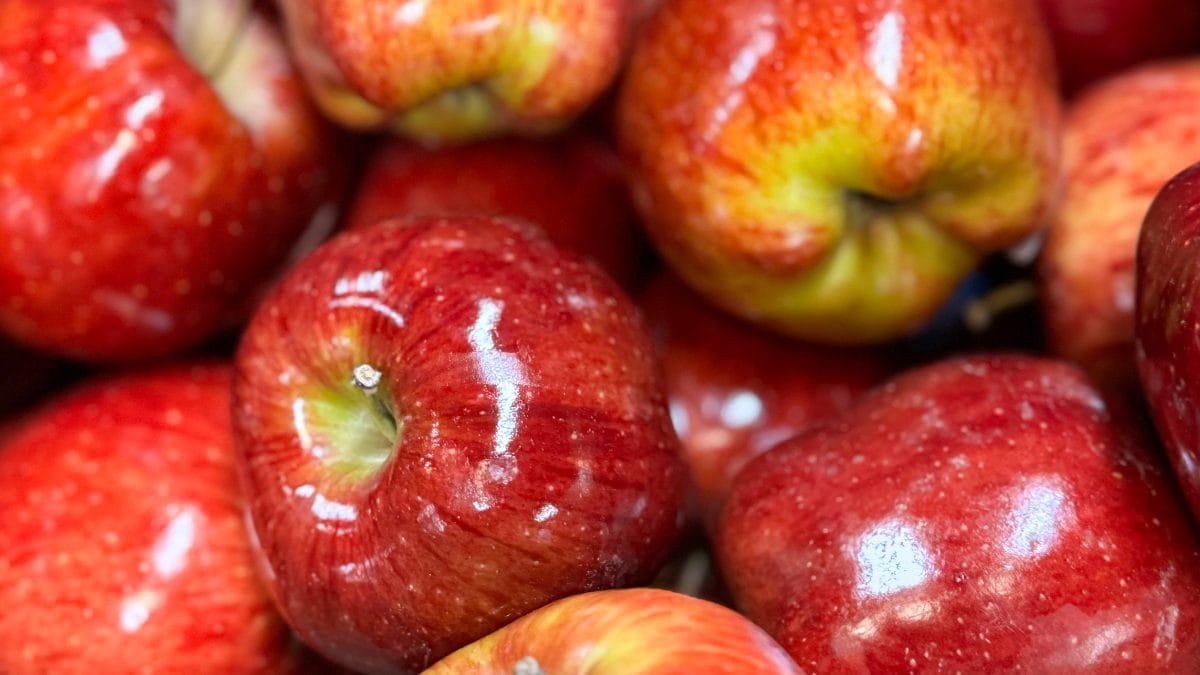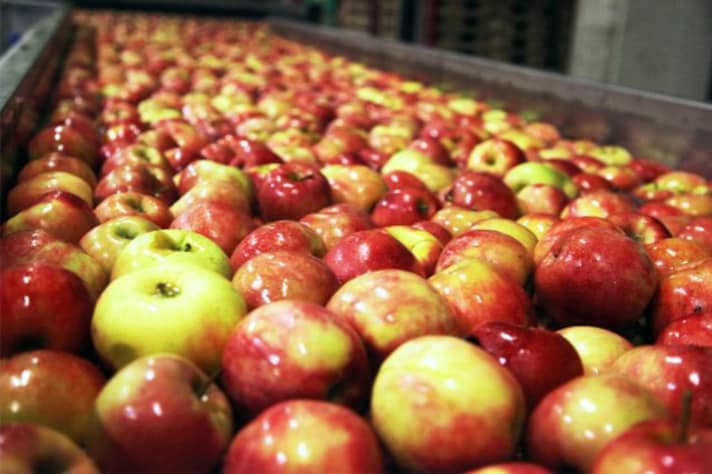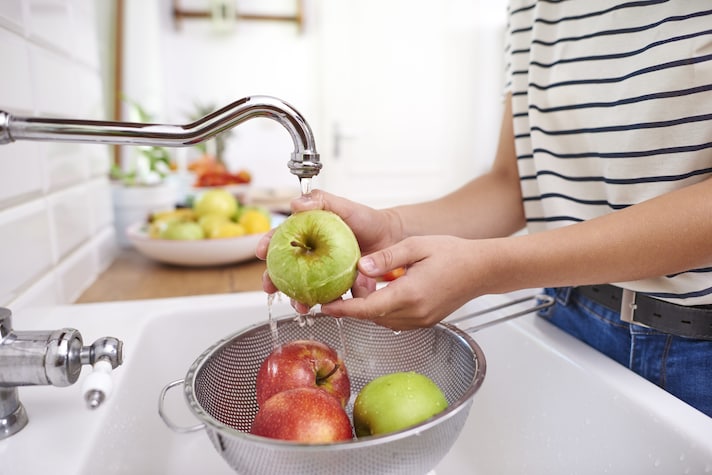
We’ve all been there: standing in the produce aisle, staring at a row of impossibly shiny apples that look more like holiday ornaments than fruit. That gleam isn’t accidental — it’s the result of wax, and while it makes for Instagram-worthy produce, it also leaves a lot of people wondering if it’s something they should be eating. The short answer? It depends. The better answer? You can remove it, easily, without needing a lab coat or an industrial kitchen setup.
The Truth About That Shiny Coating
Here’s the thing — apples naturally produce their own wax. It’s a protective barrier that helps retain moisture and extend shelf life. But once they’re washed and processed after harvest, that natural layer often gets stripped away. To prevent the fruit from drying out and to keep it market-pretty for weeks, packers apply a thin coat of food-grade wax.
It sounds less appetizing when you realize you’re basically polishing fruit with shellac. But the wax itself — usually made from carnauba (from palm leaves), beeswax, or food-safe polyethylene — is considered harmless. The issue isn’t toxicity; it’s texture, taste, and sometimes, what gets trapped beneath it.
Natural vs. Added Wax
Nature’s wax and the industrial stuff serve the same purpose — preservation — but they feel different in the mouth and behave differently in the kitchen. That store-bought sheen can lock in not just moisture but also traces of pesticides, dirt, or handling residue. If you’ve ever bitten into a waxed apple and felt that slippery film cling to your tongue, you already know why so many home cooks prefer to remove it.

Why You Should Remove Apple Wax
Some people swear they can taste the wax; others just don’t like the idea of eating anything that needs to be buffed to a shine. Beyond aesthetics, removing wax helps strip away whatever contaminants might be sealed underneath. If you’re using apples for cooking or juicing, it also helps the fruit absorb seasoning and caramelize better — waxed skin tends to repel liquids and heat unevenly. In short: clean apples cook better, taste fresher, and don’t squeak between your teeth.
Health vs. Aesthetics Debate
Let’s get this straight: apple wax won’t poison you. It’s FDA-approved, plant-derived in most cases, and used sparingly. But that doesn’t make it pleasant. It’s like knowing your water glass is clean but wishing it didn’t smell faintly of chlorine. Many nutritionists argue the wax isn’t the issue — it’s the hidden residues trapped under it. Removing the coating is less about fearmongering and more about control. You can’t scrub away every trace of modern agriculture, but you can make a small, satisfying dent.
The Easiest Ways to Remove Wax at Home
There’s no single right way to do this, but a few tried-and-true kitchen tricks work like magic — no harsh chemicals, no waste, just clean, crisp apples ready for snacking or baking.
1. Hot Water Rinse
The simplest method: a bowl of hot (not boiling) water. Submerge the apples for 30 seconds, then rub them gently with a clean cloth or soft brush. The warmth loosens the wax just enough to lift it off without damaging the skin. The apples emerge slightly duller — and far more natural.
2. Baking Soda and Lemon Rub
Think of this as the DIY spa treatment for your fruit. Mix a tablespoon of baking soda with a few drops of lemon juice and a bit of warm water to form a paste. Rub it gently over each apple, rinse thoroughly, and dry. The mild abrasiveness of baking soda lifts the wax while the acidity of the lemon cuts any residual film. Bonus: it smells like a fresh orchard in late fall.

3. White Vinegar Bath
When in doubt, vinegar it out. Fill a bowl with one part white vinegar and three parts water. Soak your apples for five minutes, then scrub lightly with a soft cloth. Rinse well to remove any lingering tang. This method not only breaks down wax but also kills some surface bacteria — a nice two-for-one.
4. The Cloth-and-Elbow-Grease Method
For minimalists, sometimes all you need is friction. A clean, slightly damp dish towel or a produce brush can remove most of the wax with a little patience. It’s the old-school way — no additives, no soaking — and while it might not get every last bit, it’s more than enough for everyday eating.
What Not to Do When Cleaning Apples
Tempting as it may be, don’t use dish soap. Fruit is porous, and soap residue can cling to the skin in ways that are far worse than a little wax. Likewise, avoid boiling water — it’ll soften the apple’s skin and start to cook the flesh. And please, skip the online “fruit peel sprays” that promise miracles. They’re expensive, unnecessary, and often just repackaged vinegar solutions.
How to Choose Wax-Free Apples
If you want to avoid the wax issue entirely, go straight to the source. Many farmers’ markets and organic orchards sell unwaxed apples, especially during harvest season. They might look a little dull, but that matte finish is what apples are supposed to look like — nature’s version of “no filter.” These apples might not last as long on your counter, but that’s the trade-off for keeping them as real as the orchard intended.
;Resize,width=767;)
